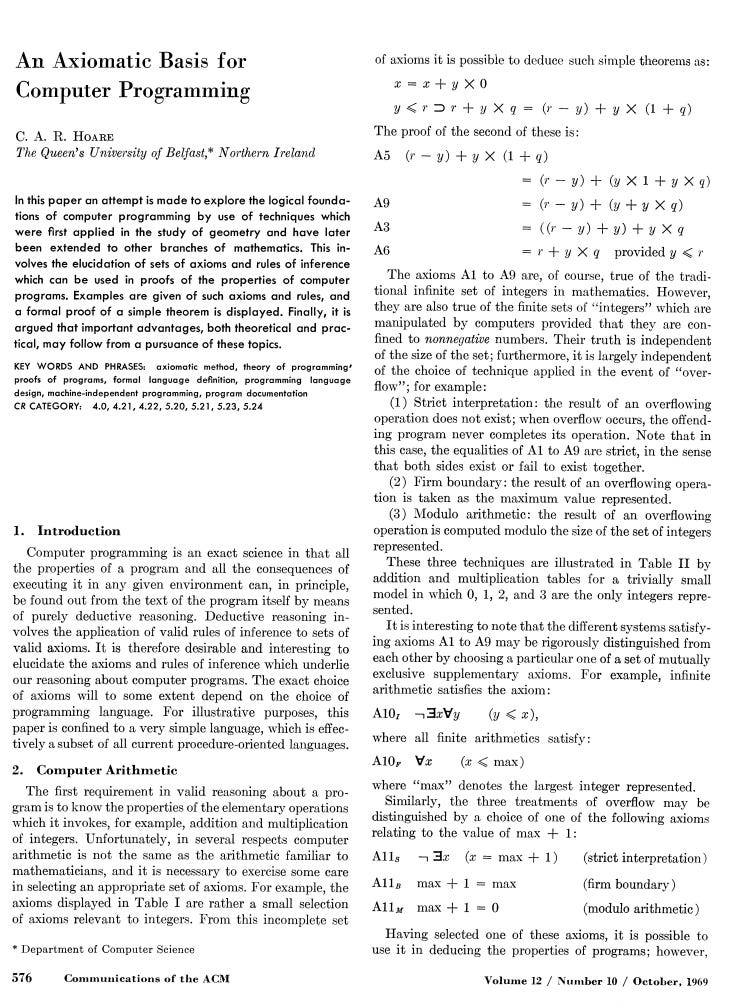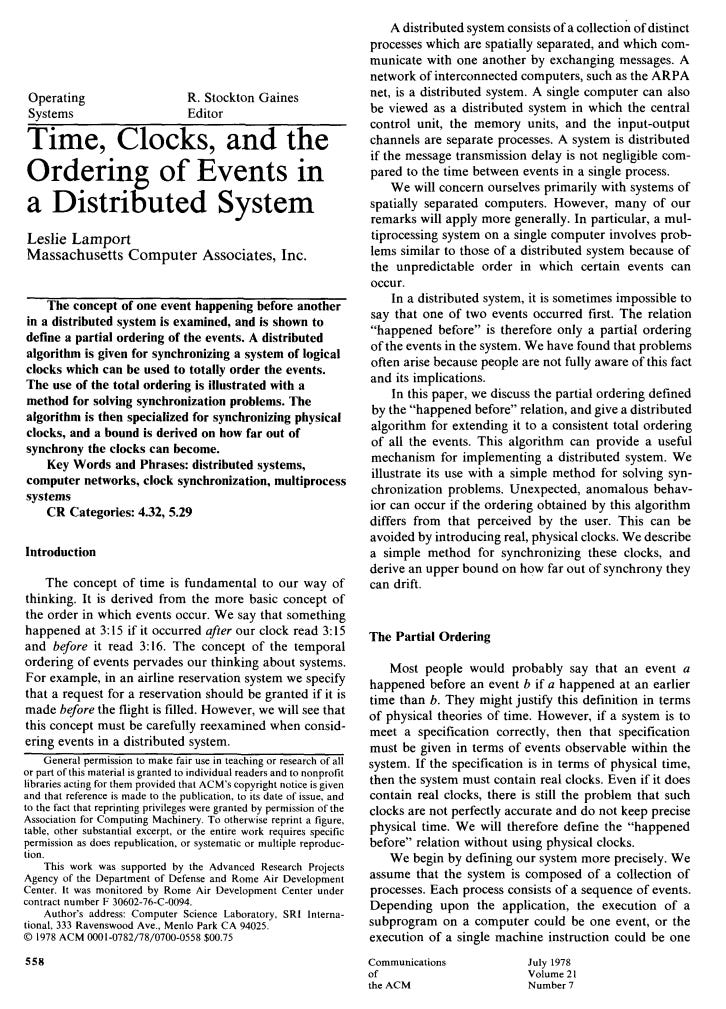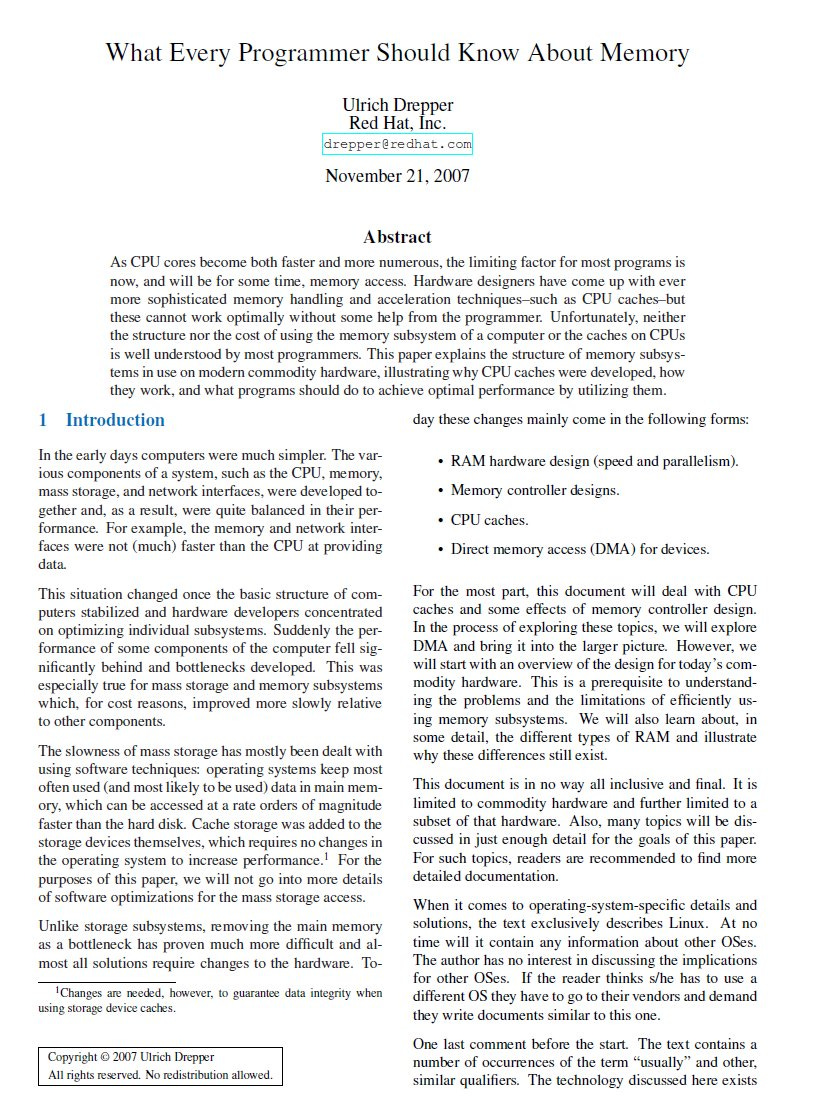Ever wonder how the core technologies we rely on daily came to be? Many groundbreaking algorithms, databases, and architectural patterns originated from academic research papers. While they might seem dense at first glance, diving into these foundational computer science papers can significantly elevate your understanding and approach to software development. Let’s explore why and discover some must-read publications! 💡
Why Bother with Old Papers? 🤔
Continuous learning is the lifeblood of a developer. While we often focus on new frameworks or languages, understanding the foundations provides deeper insights. Reading research papers helps you:
- Grasp Core Concepts Deeply: Understand the ‘why’ behind the ‘how’ of many tools and techniques you use.
- Cultivate Critical Thinking: See how complex problems were analyzed and solved, offering patterns applicable to your own challenges. Avoid reinventing the wheel!
- Anticipate Future Trends: Many features in today’s tech were foreshadowed in past research. Reading current papers can offer glimpses into tomorrow’s innovations (think “Attention Is All You Need” paving the way for LLMs like ChatGPT).
Essential Reads: A Curated List 📚
Here’s a selection of high-impact papers categorized for clarity:
🧩 System Design and Programming Fundamentals
-
📄 On the Criteria To Be Used in Decomposing Systems into Modules (1972), D.L. Parnas
- Why Read It: Explores modularization for better flexibility, understanding, and development speed. Its principles are fundamental to modern software architecture, microservices, and APIs.
- 🔗 Link

-
📄 An Axiomatic Basis for Computer Programming (1969), C.A.R Hoare
- Why Read It: Delves into the mathematical logic behind programming, using axioms and inference rules. This foundational work underpins modern program verification and type systems. (Also check out his paper on “Communicating Sequential Processes” for concurrency!)
- 🔗 Link

-
📄 Out of the Tar Pit (2006), B. Moseley, P. Marks
- Why Read It: Discusses the causes and effects of complexity in software and offers strategies to manage it. Essential insights for tackling complex modern systems.
- 🔗 Link

-
📄 Why Functional Programming Matters (1990), J. Hughes
- Why Read It: Highlights the importance and benefits of functional programming, particularly its strength in modularization. Key for understanding a paradigm increasingly relevant in modern software.
- 🔗 Link

🌐 Distributed Systems
-
📄 Time, Clocks, and the Ordering of Events in Distributed Systems (1978.) L. Lamport
- Why Read It: A cornerstone paper discussing time and event ordering in distributed systems. Introduces the concept of logical clocks, crucial for databases, blockchain, and cloud computing.
- 🔗 Link

-
📄 A note on Distributed Computing (1994), J. Waldo, G. Wyant, A. Wollrath, S. Kendall
- Why Read It: Challenges the idea that distribution can be made invisible in distributed systems (one of the “Fallacies of Distributed Computing”). Essential reading for anyone building microservices or cloud-native apps.
- 🔗 Link

-
📄 The Google File System (2003), Ghemawat S. et al.
- Why Read It: Describes GFS, a scalable, fault-tolerant distributed file system designed for Google’s massive data needs. Influential for large-scale storage solutions.
- 🔗 Link

🗄️ Data Storage and Processing
-
📄 Dynamo: Amazon’s Highly Available Key-value Store (2007), G. DeCandia et al.
- Why Read It: Details the design of Amazon DynamoDB, a highly available NoSQL key-value store. Explains trade-offs focusing on availability and scalability, particularly for write-intensive workloads.
- 🔗 Link

-
📄 Bigtable: A Distributed Storage System for Structured Data (2006), Chan F. et al.
- Why Read It: Introduces Google’s Bigtable, a distributed storage system for managing massive structured data (a precursor to many NoSQL wide-column stores). Highlights design for scalability and performance.
- 🔗 Link

-
📄 A relational model of data for large shared data banks (1969), E. F. Codd
- Why Read It: The foundational paper for all relational databases (SQL). Introduces the relational model, solving issues with earlier database systems. A must-read for understanding data modeling fundamentals.
- 🔗 Link

-
📄 MapReduce Simplified Data Processing on Large Clusters (2004), J. Dean, S. Ghemawat
- Why Read It: Explains Google’s MapReduce model for processing vast datasets. Hugely influential, forming the basis for modern big data frameworks like Hadoop and Spark.
- 🔗 Link

📏 System Design and Metrics
- 📄 A Metrics Suite for Object-Oriented Design (1994), S. R. Chidamber
- Why Read It: Presents a set of metrics (like coupling and cohesion) specifically for object-oriented design. Important for quantifying and improving software quality.
- 🔗 Link

☁️ Modern Infrastructure
-
📄 Kafka: A Distributed Messaging System for Log Processing (2011), Kreps J, et al.
- Why Read It: Introduces Apache Kafka, explaining its architecture designed for high-throughput, low-latency log processing and messaging. Crucial for understanding modern event-driven systems and data pipelines.
- 🔗 Link

-
📄 Scaling Memcache at Facebook (2013), Nishtala R, et al.
- Why Read It: Details how Facebook scaled the
memcacheddistributed key-value store to handle immense traffic. Provides valuable insights into caching strategies at web-scale. - 🔗 Link

- Why Read It: Details how Facebook scaled the
-
📄 Bitcoin: A Peer-to-Peer Electronic Cash System (2008), Satoshi Nakamoto
- Why Read It: The paper that started it all for cryptocurrencies. Introduces the core concepts of Bitcoin and blockchain, enabling decentralized transactions without intermediaries. Foundational for understanding this transformative technology.
- 🔗 Link

🖥️ Computer Architecture and Systems Performance
- 📄 What Every Programmer Should Know About Memory (2007), Ulrich Drepper
- Why Read It: A deep dive into computer memory hierarchy (RAM, caches, etc.) and its profound impact on software performance. Understanding these concepts helps write significantly more efficient code.
- 🔗 Link

🔍 Search and Information Retrieval
- 📄 The Anatomy of a Large-Scale Hypertextual Web Search Engine (1998), S. Brin, L. Page
- Why Read It: Introduces the original Google architecture and the PageRank algorithm. Revolutionized web search and laid the groundwork for modern information retrieval systems.
- 🔗 Link

🛠️ Bonus Tip: How to Actually Read These Papers
Don’t feel intimidated! S. Keshav’s paper, “How to Read a Paper,” offers a practical three-pass approach:
- First Pass (5-10 mins): Get the gist – read title, abstract, intro, headings, conclusions, glance at references.
- Second Pass (1 hour): Deeper dive – read carefully but skip heavy proofs, take notes, mark key references.
- Third Pass (1-5 hours): Master it – try to mentally re-implement, challenge assumptions, compare with related work.
🔗 Link (Also check out: how to read an academic article)

📚 Where to Find More Gems
Hungry for more? Explore these resources:
- List of important publications in computer science: Comprehensive list by field.
- Papers We Love: Community + repository of academic CS papers.
- Ai2 OpenScholar: Over 8 million open access papers.
- ACM Digital Library: Access to numerous articles, including historical ones.
- arXiv Computer Science section: Pre-prints and published papers.
- Books: Great Papers in Computer Science by Philip LaPlante and Ideas That Created the Future edited by Harry R. Lewis.
Key Takeaways & Reflection ✨
Reading foundational computer science papers isn’t just an academic exercise; it’s an investment in your core understanding as a software engineer. These works provide invaluable context, reveal elegant solutions to hard problems, and can inspire your own work.
- Key Takeaway: Understanding the history and theory behind our tools makes us better problem solvers.
- Action Point: Pick one paper from a category that interests you and try Keshav’s three-pass method this week!
Questions for Reflection:
- Which foundational concept explored in these papers do you encounter most often in your daily work?
- How might understanding the trade-offs discussed in papers like Dynamo or GFS influence your next system design decision?
- What recent research paper do you think might become foundational for the next generation of developers?
This post was adapted from content provided by the user (marked originally with footnote [^1]). For deeper exploration, consider seeking out the original source if available.